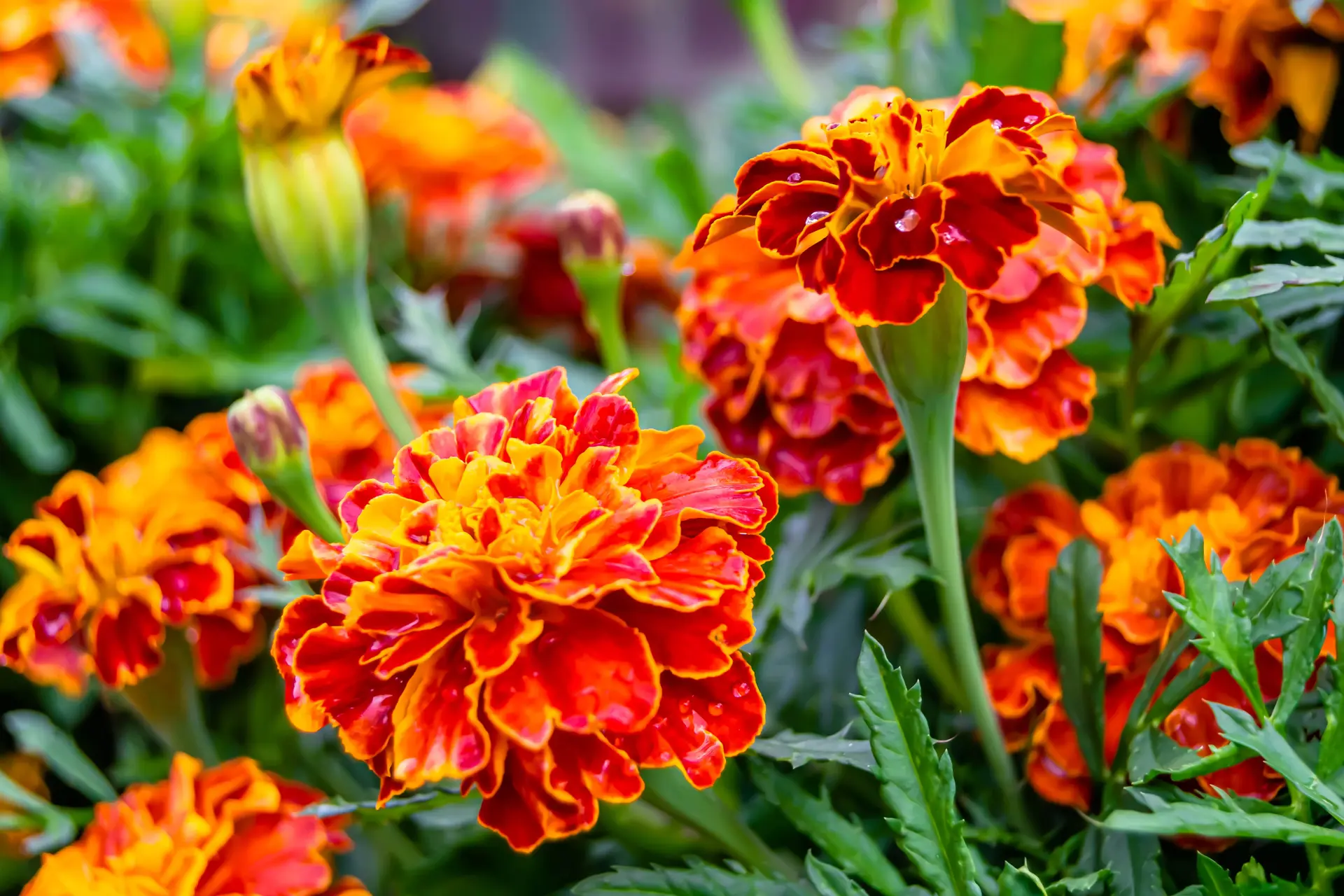Grass is often the foundation of lawns and backyards. Though grass is common everywhere, growing your own grass can give you plenty of options to customize your space. From Menard’s grass to locally-sourced organic grass seeds, there are abundant varieties to suit everyone’s lawn desires. Continue reading to answer the question of ‘how long does it take for grass to grow,’ the stages of grass growth, and how you might be able to speed up germination rates. If you need help to find exactly the perfect kind of grass for you, you can use our plant identifier online!
What Are Grass Seed Germination Stages?
Germination is the process in which a plant begins to develop from the seed. It is the first step in plant growth and can require vastly different circumstances depending on what is being grown.
Grass seed germination stages are only part of the growing process. Starting from seed going to the reproductive stage, grass growth is a bit different from most other commonly encountered plants. Before you grow, don't forget to learn about different types of grass, too! Below are the stages of grass seed growth and what to expect at each stage.
Germination: This is the stage of development where the seed absorbs moisture, breaking its outer coating and allowing for the emergence of green growth. Crucial elements during this stage are moisture, light, and temperature. Various types of grasses have different germination temperatures and conditions, so consider researching what grass suits your needs. Germination can take from 7 to 30 days.
Vegetative: Leaf growth and new tissue production is the hallmark of this phase. The grass is not quite fully grown yet, though it is likely widespread. Roots are developing more during this point. Mowing is not yet necessary, as there is not yet stem production. This happens throughout the grass’ life.
Elongation: Leaf sheaths elongate depending on conditions and temperatures. Cool-season and warm-season grasses come into play during this stage. This growth stage is catalyzed by changes in the length of day and temperature changes, like the shift from winter to spring. Warm-season grasses tend to go dormant during the winter, while cool-season grasses tolerate both seasons’ extremes.
Reproductive: Grasses are a group of flowering plants and will enter a flowering stage if conditions allow it. Then, the pollen and seeds are spread, leading to further reproduction of the grass species.
When Is The Best Time to Plant Grass Seed?
The best time to plant grass seeds will vary depending on climate and location, though most times of the year can be suitable for mixes of different grass seeds.
Generally speaking, cooler months like September or October are appropriate for cool-weather grasses. Warm weather grasses like Bermuda grass tend to have warmer germination temperatures, so planting in warm summer months is ideal.
Mixing grass seeds can lead to a decent combination of grasses that will thrive in their respective seasons, yielding yards and spaces that look alive and lush throughout the year. Climates best suited for mixed grasses are in the transitional zone, where cool seasons and warm seasons have a longer period of overlapping.
Lawn Grass Types: Warm vs. Cool Season Grasses
Grasses can be classified broadly into two groups for planting purposes: warm-season grasses and cool-season grasses. Both are named after the seasons in which they thrive, though cool-season grasses look appealing during the winter and summer. Below will be the most common grasses in each group and some descriptors.
Warm Season Grasses
Bermudagrass: A salt and heat tolerant grass; its quick growth habit makes this a prime choice for many lawns.
St. Augustinegrass: This grass is coarse in texture and blue-green in color; heat and salt tolerance makes this grass suitable for coastal areas or high-heat climates.
Zoysiagrass: This is a drought-tolerant grass with an emerald color and medium-coarse texture. Perfect as turfgrass for golf courses.
Carpetgrass: Carpetgrass can thrive in poor soils and has a creeping growth habit. Helpful in erosion control in coastal areas.





